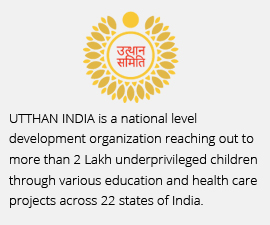South Korea Faces Risk of Population Decline

South Korea, known for its rapid economic growth and modernization, is now grappling with a crisis—declining birth rates. Experts warn that if the current trend continues, South Korea's population could drastically shrink by the end of this century, potentially making it the first country to disappear due to population collapse.
In 2023, South Korea's birth rate dropped to a record low of 0.72 per woman, far below the replacement rate of 2.1. This represents an 8% decline compared to 2022. If this trajectory persists, South Korea's population could fall from 51 million to just 5.1 million by 2100.
Five Major Causes of the Decline:
1. South Korea has the lowest birth rate globally, primarily due to fewer women choosing to marry and have children.
2. The high cost of living and childcare deters young couples from expanding their families.
3. Surveys reveal that 93% of women prioritize financial independence over marriage.
4. Urbanization and stressful lifestyles contribute to fewer family formations.
5. Gender inequality and a lack of work-life balance exacerbate the issue.
Government Interventions:
To combat this crisis, South Korea has introduced financial incentives, including monthly allowances for parents with young children. Despite these efforts, reversing the trend remains a significant challenge.
The situation mirrors China, which has also struggled with declining populations and implemented policy changes, including the removal of its one-child policy. South Korea's population crisis is a wake-up call for other nations facing similar challenges.





















